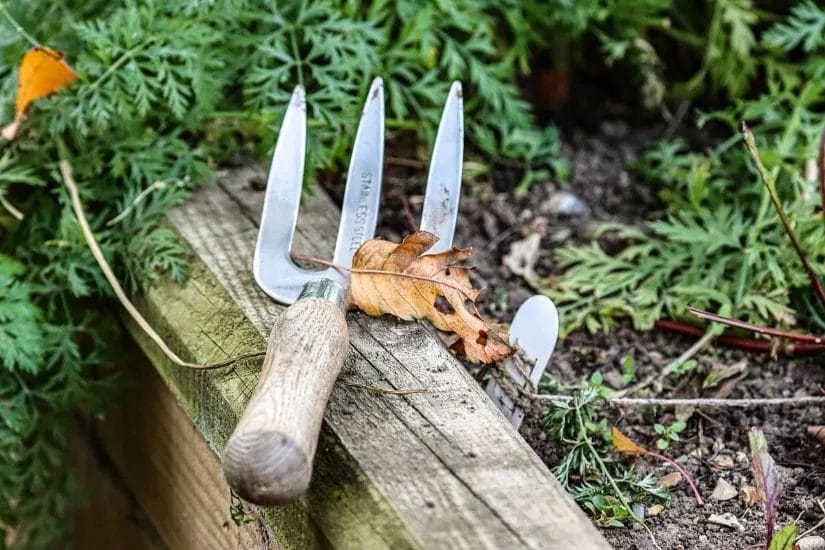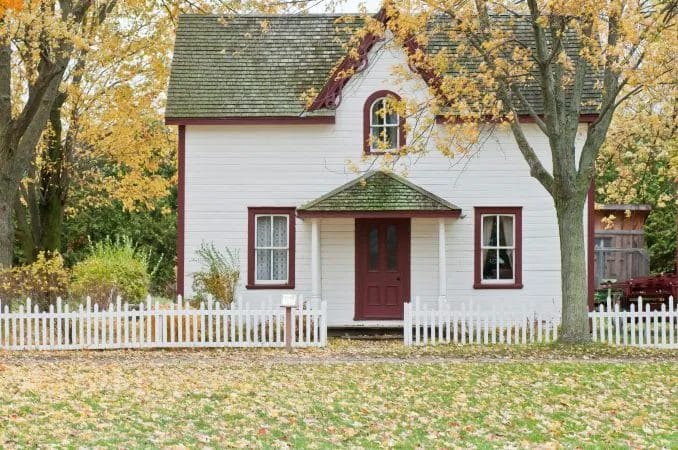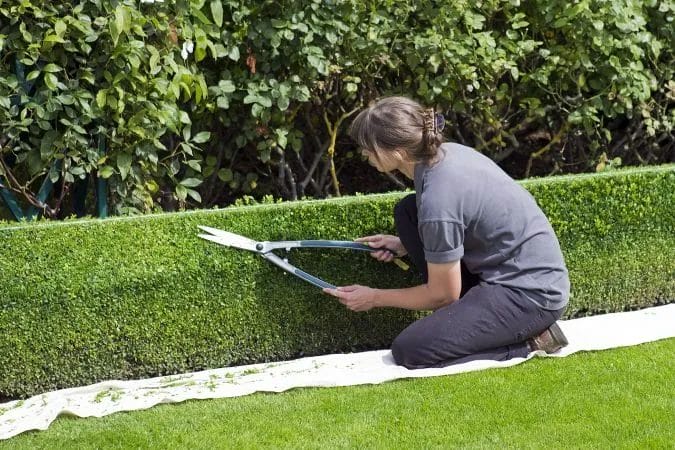
Over the course of November, you should focus on final mowings, clearing leaves, and aerating or overseeding bare spots to strengthen your turf before winter. Apply a slow-release fertilizer early in the month, winterize irrigation, and adjust mowing height while protecting shrubs and beds. Rely on expert guidance from Smith Brothers Services, Smith Brothers Landscape, and Smith Brothers Tree Services for tailored fall pruning, debris removal, and soil care so your lawn returns healthy and vigorous in spring.
Preparing Your Lawn for Winter
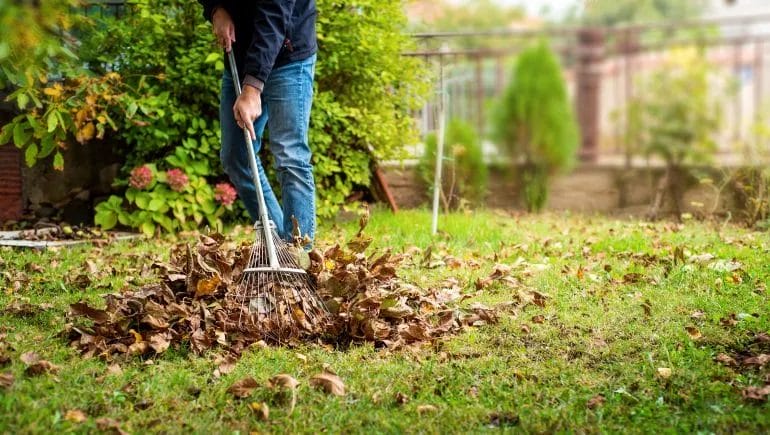
Before the first hard freeze you should finish mowing, aeration, and spot overseeding to give seedlings time to establish. Mow to 2.5-3.0 inches to protect crowns while reducing disease risk, and core‑aerate compacted areas then topdress with up to 1/2 inch of compost. If you prefer professional timing and equipment, Smith Brothers Services can coordinate aeration, seeding, and a late‑fall fertilizer application 4-6 weeks before soil freezes.
Fertilization Strategies
Apply a high‑potassium winterizer with slow‑release nitrogen at 0.5-1.0 lb N per 1,000 sq ft about 4-6 weeks before the ground freezes; for cool‑season grasses aim toward 1.0 lb N/1,000. Get a soil test to tailor phosphorus and potassium levels-Smith Brothers Landscape, offers testing and custom blends. Lightly water after application so nutrients reach roots before dormancy and avoid high phosphorus unless the test indicates a deficiency.
Raking and Removal of Leaves
When leaf drop accelerates you should remove dense layers weekly to avoid smothering-do not let leaf mats exceed 1/2 inch. Use a mulching mower for light coverage; for heavy accumulations rake, blower, or bag the leaves and compost them. For large volumes or persistent tree fall, Smith Brothers Tree Services can handle collection and disposal efficiently and keep your lawn from suffocating over winter.
If you face heavy oak or maple drop, shred leaves to about 3/8 inch-mulched leaves decompose in one season and return nutrients. Use a tarp to haul piles: rake onto the tarp and drag to your compost pile or curb. Expect 2-4 hours for a 5,000 sq ft yard with a rake; a backpack blower often halves that time. Keep piles off walkways and foundations to prevent moisture and pest issues.
Soil Care and Testing

Test your soil every 2-3 years and after major renovations; collect 8-12 cores from 4-6 inches deep across varied lawn areas and mix into one composite sample. Send results to your county extension or use Smith Brothers Services for lab analysis and recommendations. If you prefer hands-on help, Smith Brothers Landscape, and Smith Brothers Tree Services can provide sampling, interpretation, and tailored amendment plans to correct nutrient imbalances and prepare your lawn for winter and spring success.
Soil pH Management
If your soil pH sits below 6.0 for cool-season turf, plan a lime application in November to slowly raise acidity; target 6.0-7.0 for most grasses. Apply 20-50 lb of calcitic lime per 1,000 sq ft depending on your soil test and buffer index, spread evenly with a drop or rotary spreader. After application, aerate or topdress lightly to help incorporation and retest in 6-12 months to gauge adjustment.
Aeration Techniques
Prioritize core aeration using a mechanical coring machine that pulls 2-3 inch plugs at roughly 2-3 inch spacing; perform this in fall for cool-season lawns when roots are active. Avoid spike aerators that compact soil further; for large or compacted sites consider hiring Smith Brothers Landscape or Smith Brothers Services to ensure correct depth and coverage.
For heavy compaction, make two passes in perpendicular directions or aerate annually on clay soils and every 1-3 years otherwise. Follow aeration immediately with overseeding (tall fescue 4-8 lb/1,000 sq ft; perennial rye 6-10 lb/1,000 sq ft as a guide), a thin 1/8-1/4 inch topdressing, and frequent light watering to keep seed moist for 2-3 weeks. Rent a tow-behind or walk-behind core aerator from rental centers, or have Smith Brothers Tree Services manage root-zone aeration near specimens to avoid damage.
Mowing and Maintenance

As growth slows, you should focus on one last series of thoughtful cuts and equipment prepping to protect your lawn through winter; lower cool-season grass to about 2-2.5 inches while never removing more than one-third of blade length at once, and plan final mowing 7-14 days after a light frost to reduce disease risk. If you’d rather outsource, Smith Brothers Services can perform precision mowing and leaf cleanup to ensure optimal turf health.
Final Mow Guidelines
Time your final mow after several cooler nights and before prolonged freezing; set reels or rotary decks to 2-2.5 inches for fescue or bluegrass and slightly higher for transitional varieties. Always sharpen blades first, bag clippings if you had fungal issues this season, and avoid scalping-cutting more than one-third of the blade stresses roots. Many homeowners schedule this with Smith Brothers Landscape, which adjusts height by grass type and local microclimate.
Maintenance of Lawn Equipment
You should winterize mowers and trimmers: change engine oil annually or every 50 hours, replace spark plugs yearly, clean/replace air filters, and sharpen blades every 20-25 engine hours for clean cuts. Drain or treat fuel with stabilizer and run the engine 3-5 minutes to circulate, remove battery for cold storage if applicable, and spray metal parts with a light corrosion inhibitor. For professional tune-ups, Smith Brothers Services and Smith Brothers Tree Services offer pre-winter inspections.
For deeper care, inspect belts, cables, and safety switches for wear, balance blades after sharpening to reduce vibration, and torque blade bolts to manufacturer specs. Store equipment under cover with a slight pitch to avoid fuel pooling, keep spare blades and filters labeled by model, and log service dates-this reduces downtime come spring and extends engine life. If you prefer, Smith Brothers Landscape, can provide a documented maintenance record and parts replacement plan.
Overseeding Approaches
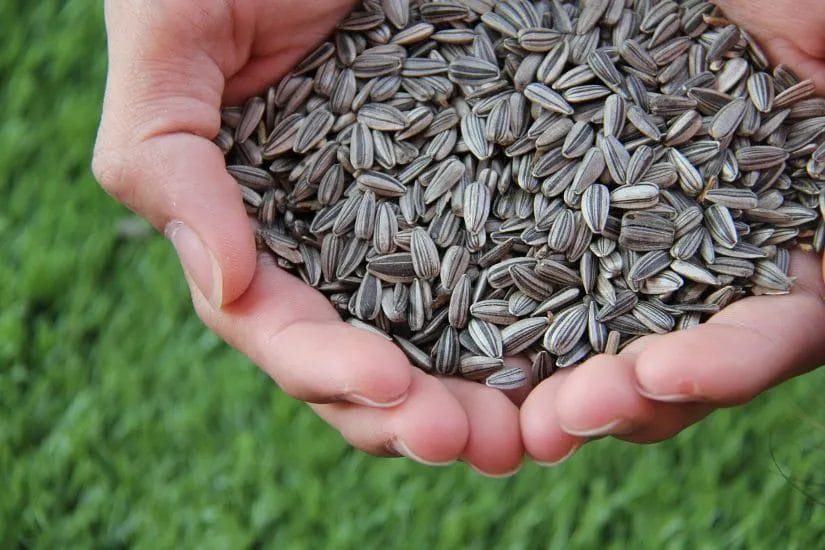
Overseeding in November gives your lawn a head start for spring when you combine core aeration with a quality seed application; slit seeding delivers best soil contact for cool-season mixes while broadcast seeding can work after aeration on smaller yards. You should aim for seed-to-soil contact of 1/8″-1/4″, apply 3-8 lbs per 1,000 sq ft depending on species, and follow the method that Smith Brothers Services uses for quick germination in cool soils.
Timing and Techniques
Time seeding for soil temperatures between 50°F and 65°F or about 4-6 weeks before your average first hard frost; mow to 2-2.5″, dethatch if over 1/2″ thick, then core-aerate with 2-3″ deep cores at 2-3″ spacing. Use a slit seeder or broadcast then roll, keep seed depth 1/8″-1/4″, and water lightly 2-3 times daily until germination-rye 5-10 days, fescue 7-14 days, bluegrass 14-28 days.
Choosing the Right Seed
Match seed to your site: Kentucky bluegrass (1-3 lbs/1,000 sq ft) for dense turf, perennial ryegrass (6-8 lbs/1,000) for quick cover, and tall fescue (6-8 lbs/1,000) for drought and traffic tolerance; mixes often combine 60-80% fescue with 20-40% ryegrass for wear resistance. You can consult Smith Brothers Landscape, for region-specific blends and to balance shade tolerance against play area durability.
Prioritize seed tag data: choose high PLS (Pure Live Seed) >85%, germination >80%, and certified weed-free lots. For shady, north-facing yards Smith Brothers Tree Services often specifies a fine-fescue-heavy mix at 4-6 lbs/1,000 with PLS 90% to improve establishment under canopy; avoid bargain blends with high inert matter that reduce effective seeding rates.
Irrigation Considerations

As temperatures drop, your irrigation needs fall too: cool‑season lawns typically require about 0.5 inches of water per week until dormancy, and soil retains moisture longer in November. You should coordinate watering with leaf clearing and aeration, monitor rainfall totals (skip if you’ve had ≥0.5 inches), and consult services such as Smith Brothers Services for system assessments to avoid overwatering and root stress.
Adjusting Watering Schedules
You’ll want to cut frequency as night lows fall below ~50°F, shifting from twice-weekly to once every 7-14 days depending on rainfall and soil type. Use a soil probe to check 2-3 inches for moisture before irrigating, apply ~0.5 inch per session when needed, and log cycles-Smith Brothers Landscape, can help calibrate runtimes for clay versus sandy soils.
Preparing Sprinklers for Cold Weather
Winterize by shutting off the main irrigation valve, draining low‑point drains, and protecting above‑ground components; insulate backflow preventers and set timers to “off” or frost delay. If you plan a compressor blowout, professionals like Smith Brothers Tree Services or Smith Brothers Services recommend keeping pressures in the 40-80 psi range to avoid damaging pipes and heads.
For a thorough blowout: isolate each zone, run a single zone at a time, and use short bursts of air until water clears the heads-typically 1-2 minutes per zone for residential systems. Leave manual drain caps open and check for cracked rotors or wet spots; if you find leaks, schedule repairs before freeze‑thaw cycles to prevent split lines and costly spring fixes.
Pest and Disease Management
You should intensify weekly scouting as temperatures fall, checking for grub-created spongy turf, fungal rings after wet periods, and thinning from chinch bugs or sod webworm feeding. Note exact locations and percent cover-treatments differ for patchy grub damage versus widespread fungal pressure-and keep records to inform next spring’s plan. When infestations exceed action thresholds or patterns repeat, Smith Brothers Services can perform diagnostic tests and recommend targeted cultural or chemical controls.
Identifying Common Fall Pests
Grubs (C-shaped larvae about ¾” long) cause irregular brown patches that lift easily, while chinch bugs create yellow-to-brown triangular areas near sidewalks; sod webworms produce small, scattered brown spots and active moths at dusk. Fungal issues like snow mold and brown patch appear after prolonged moisture and temps near freezing or 60-75°F respectively. You can peel a 1 sq ft section to count pests-if >10% of turf shows larvae, consider intervention and consult Smith Brothers Landscape for species ID.
Preventive Measures
Maintain healthy turf to reduce pest pressure: mow to recommended heights, apply 1 inch of water per week if dry, dethatch when thatch exceeds 0.5″, and aerate compacted areas every 1-3 years. Use a slow‑release nitrogen application in early November for cool‑season grasses and plan preventive grub treatments if your property has past infestations; Smith Brothers Tree Services can assess root health and advise on soil amendments to strengthen turf resilience.
For specific thresholds, mow cool‑season grass to 2.5-3.5″ and warm‑season to 1-2.5″; aerate when soil bulk density indicates compaction or when traffic is heavy. Apply fungicide only for documented disease history or when conditions favor outbreaks (prolonged leaf wetness, temps 40-60°F for snow mold); for grubs, inspect 3-5 sites per lawn and treat if you find an average above 5-10 larvae per square foot. You can combine cultural fixes with targeted products under an IPM plan from Smith Brothers Services.
Conclusion
Ultimately you should use this November lawn-care checklist to finish the season strong: give your grass a final mow, overseed bare patches, apply a slow-release fertilizer, aerate compacted areas, clear debris, protect vulnerable plants, and schedule pruning or large jobs with trusted professionals such as Smith Brothers Services, Smith Brothers Landscape, and Smith Brothers Tree Services to ensure proper timing and technique for a healthier yard next spring.
